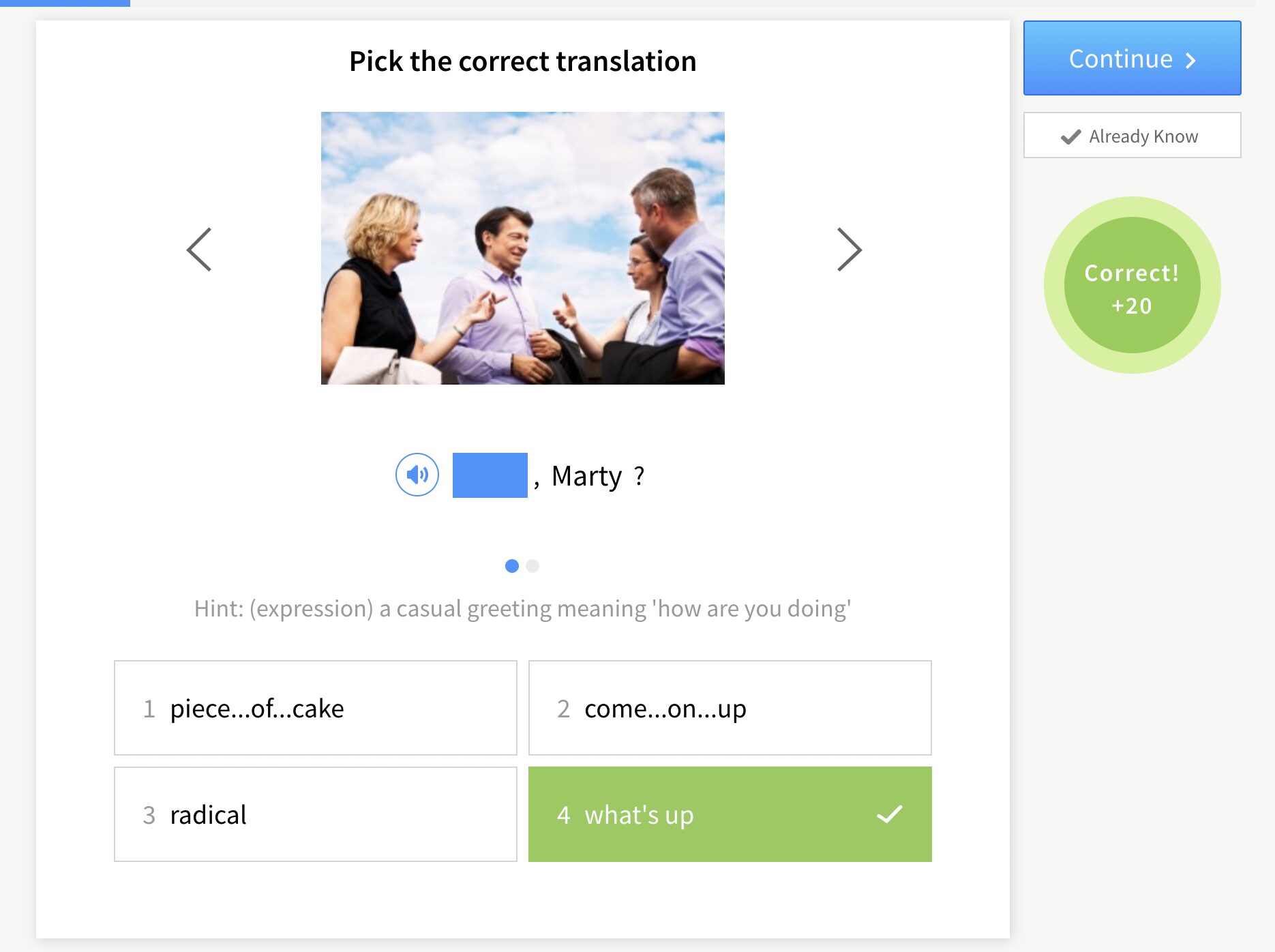5 Engaging British Culture ESL Lesson Plans

By adding some culture into your British English lessons, you can go beyond the language and create an immersive learning experience.
Check out five British culture lesson plans with 12 different activities that will help your students to understand more about Britain.
Download: This blog post is available as a convenient and portable PDF that you can take anywhere. Click here to get a copy. (Download)
1. ESL Lesson Plan on British Dining

Table manners vary from country to country. From the way you eat to how you pay the bill, what’s polite in one country may be extremely rude in another. Avoid awkward situations by teaching your students proper British table etiquette.
When teaching about these topics, remember to be culturally sensitive. There’s always a chance that you could unintentionally cause offense, so make sure you’re mindful of what you say and keep students’ conversations in check.
Discuss British Food
Start with a simple discussion of British food. Provide pictures and descriptions of different British dishes, asking students what they imagine them to taste like. You can use pre-made worksheets from a site like iSLCollective or ESL Printables.
You could even turn this into a vocabulary game. If you’re willing to put in the time and effort, you could make a traditional British food and bring it to class for your students to try (just make sure there are no food allergy issues first).
Teach British Table Etiquette
Explain the basics of British table manners to your students. Make sure you include the following points:
- How to order
- If you should share your food
- How to use your cutlery
- Who should pay the bill
- If you should leave a tip
Have your students demonstrate both the “dos” and the “don’ts” of dining in the UK, letting them have some fun with it. You can also show an engaging video like this one:
Do a Restaurant Role Play
You can put the previous two exercises together in a restaurant role-play. In pairs or small groups, ask your students to create their own British menus. Then, have them role-play as customers, waiters and waitresses. This should be a relatively free activity, with minimal monitoring and feedback from the teacher.
2. ESL Lesson Plan on Being Polite

Politeness and manners are important to many British people. A “please,” “thank you” or even subtle body language can go a long way. If your students know the importance and use of this social etiquette, it will help improve their confidence in conversation.
Practice Making Polite Requests
Give your students a situation where they have to ask for something. For example, a boss asking an employee to finish a report, or a child asking their parents what’s for dinner.
Have students brainstorm different ways to ask for these things, from the least polite to the most. They can start with the most basic, direct demand and gradually move up to extremely polite requests. This will encourage them to be more creative with their language.
If you’re working with a lower-level group, try giving them the sentences yourself. Then, ask them to rank each request in order of politeness.
Teach Polite Language
The first activity will give you an idea of what your students already know. You can build on this knowledge by giving students more vocabulary and phrases to use when they want to be polite.
Some language you could use includes:
Would you mind….?
Is it OK if I …..?
Could you….?
You can teach more polite language and behavior with a video like this one from Keystone English:
In addition to British manners, it includes some British English words like “trolley” for shopping cart and “garden” for yard. It also exposes viewers to a person speaking with a British accent, but slow enough to be more easily understood.
Have a “Requests and Responses” Treasure Hunt
Your students can put what they’ve learned to use in this fun treasure hunt game:
- Split students into groups and give each group a list of common belongings or classroom tools (for example: a pencil, a hair clip, etc.).
- Each group must work together to obtain the items on their list by finding someone who has each item and politely asking to borrow it. This can include other students in the class, as well as any staff who might be around to help.
- Prime everyone involved, letting them know that they should only hand the item over if they’re asked politely. Also, make sure the students keep a note of who every item belongs to so they can return it at the end of the class.
To add some excitement, make it a race. The group that successfully collects all of the items on their list first wins the activity.
3. ESL Lesson Plan on Making Complaints

Whether it’s about the weather, customer service or just plain old gossip, complaints tend to pop up frequently in conversation in Britain.
Giving your students the tools to complain and the freedom to do it without consequence can be really fun (just make sure to monitor conversations and make sure no one takes it too far).
Brainstorm Topics for Complaints
In pairs or small groups, have your students list people or situations that could be cause for complaints. These could include hotels, traffic, siblings, an overbearing boss or anything they’d like.
Then, they can add specific annoyances to complain about for each one (like poor customer service, misunderstandings, unrealistic requests, etc.). Monitor this activity to make sure students remain respectful!
Discuss and Write Complaints and Responses
Next, your students can brainstorm ways of tackling the situations they’ve listed. Have them write sentences or short conversations about how to make and respond to these complaints.
An instructional video can also work well here. Make it interactive by pausing it to have your students repeat the key words and phrases.
If you have an advanced group, you could turn this into a formal letter-writing activity. Each group can write a letter of complaint, then switch and write responses to each other. This activity requires feedback and grammar checking from you.
4. ESL Lesson Plan on Rules of the Road

Driving in a different country can be daunting. Even if you’re driving on the same side of the road as you do at home, the rules can be completely different.
If your students travel to England, this knowledge will help them navigate the roads when they rent a car, use public transportation and even be knowledgeable pedestrians.
They don’t have to go to England to benefit, though: Through these activities, students can practice giving instructions, following directions and talking about obligations.
Guess the Meanings of Road Signs
Present your students with a variety of British road signs. Some of them may be familiar, while others will be completely new. In pairs, ask students to infer the meanings and write a sentence for each one. You could do this either with a worksheet or a PowerPoint presentation.
Once students finish writing, compare their answers to the true meanings and see how many they guessed correctly.
Give a Mock British Driving Theory Test
To wrap up your lesson, give your students a quiz on what they’ve learned. You could use a mock version of the British driving theory test or pluck your questions straight from the highway code.
To get the most out of this activity, make sure students answer using complete sentences. Questions could include:
If a driver flashes their headlights at you, what should you do?
At a roundabout, who has the right of way?
You could even use a video quiz and have your students share their answers verbally:
This is a fun way to test their knowledge and make sure they remember the information from the previous activities. If you want to make it competitive, you could offer a small prize to the person with the most correct answers.
5. ESL Lesson Plan on the “Dos” and “Don’ts” of British Culture

The following activities will solidify some ideas about British culture for your students, as well as give them a chance to pick up some new grammar.
Review the Grammar of Modal Verbs
Lots of students struggle with modal verbs, and a cultural lesson is the perfect opportunity to elicit them and learn how to use them. To begin with, give a grammatical rundown so they can make sentences using verbs like “should” and “must.”
Write the “Dos” and “Don’ts” of British Culture
Once your students are comfortable with the grammar, they can use it to write examples in relation to British culture. In groups or individually, have students write a list of rules for British etiquette using modal verbs wherever possible.
The lists could include sentences like the following:
You don’t have to shake someone’s hand every time you meet them.
You must wait patiently in a queue.
You should always say ‘sorry’ when you bump into someone.
If you have time, you could also ask students to write a similar list for their own culture. This forms a great basis for a discussion, in which you could make comparisons between all the different cultures represented in your class.
Make an Instructional Video on British Etiquette
If you have the time and resources, have your students write and perform their own skits or even record a video of the “dos” and “don’ts” of British culture.
Here’s an example of a simple video created by the teachers and students at the Communicate School of English in Manchester:
Why Are Cultural Lessons Important?
Lessons on different cultures can be hugely beneficial to ESL students. Giving your students a chance to learn about British culture can help prepare them for many different experiences.
- If they plan to travel to the UK or study abroad, it will help to reduce the culture shock. They’ll feel more comfortable interacting with strangers as well as their host families and foreign friends.
- If they happen to work with any Brits, they’ll be able to talk to their co-workers while avoiding any social faux pas.
- As well as day-to-day life, cultural knowledge can be especially useful for citizenship tests. If any of your students plan to take the British citizenship test, cultural knowledge from your classes could help to get them through it.
Of course, not everyone has the luxury of being able to travel abroad or the opportunity to work with foreigners. For some, the only chance they get to talk to a native English speaker could be in their classes.
Knowing the culture behind the language can give English learners a valuable understanding of the situations and social norms where certain words, phrases and styles of speaking should be used.
Adjusting to different cultures can be difficult, especially when a second language is involved.
Lessons like these will help make it easier for your students, exposing them to glimpses of British culture in the classroom.
As a supplement to these lesson plans, you can also show your students some examples of British media, such as commercials, vlogs, TV shows and even films. FluentU has a vast collection of clips that come with learning features for added comprehension.
FluentU takes authentic videos—like music videos, movie trailers, news and inspiring talks—and turns them into personalized language learning lessons.
You can try FluentU for free for 2 weeks. Check out the website or download the iOS app or Android app.
P.S. Click here to take advantage of our current sale! (Expires at the end of this month.)

Download: This blog post is available as a convenient and portable PDF that you can take anywhere. Click here to get a copy. (Download)
And One More Thing…
If you’re like me and prefer learning English on your own time, from the comfort of your smart device, I’ve got something you’ll love.
With FluentU’s Chrome Extension, you can turn any YouTube or Netflix video with subtitles into an interactive language lesson. That means you can learn from real-world content, just as native English speakers actually speak.
You can even import your favorite YouTube videos into your FluentU account. If you’re not sure where to start, check out our curated library of videos that are handpicked for beginners and intermediate learners, as you can see here:
FluentU brings native English videos within reach. With interactive captions, you can hover over any word to see an image, definition, and pronunciation.
Just click on the word to see other example sentences and videos where the word is used in different contexts. Plus, you can add it to your flashcards! For example, if I tap on the word "viral," this is what pops up:
Want to make sure you really remember what you've learned? We’ve got you covered. Practice and reinforce the vocab from each video with learn mode. Swipe to see more examples of the word you’re learning, and play mini-games with our dynamic flashcards.
The best part? FluentU tracks everything you’re learning and uses that to create a personalized experience just for you. You’ll get extra practice with tricky words and even be reminded when it’s time to review—so nothing slips through the cracks.
Start using the FluentU website on your computer or tablet or, better yet, download our from the App Store or Google Play.
Click here to take advantage of our current sale! (Expires at the end of this month.)












